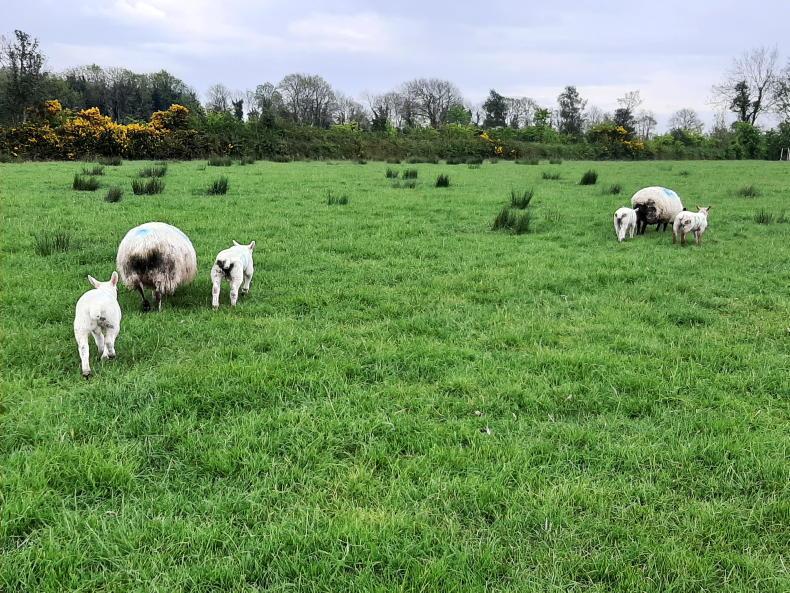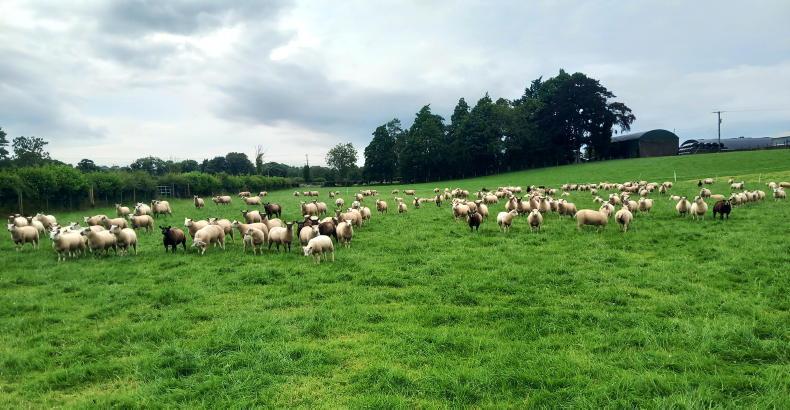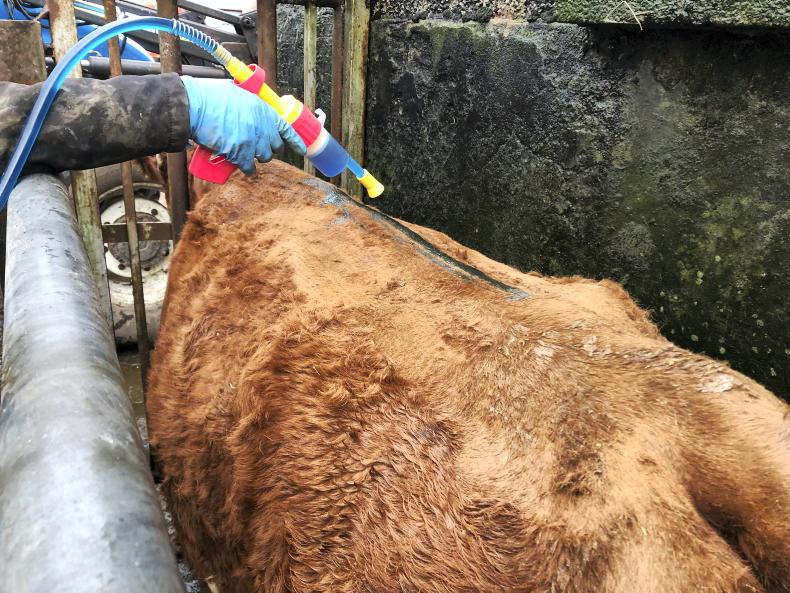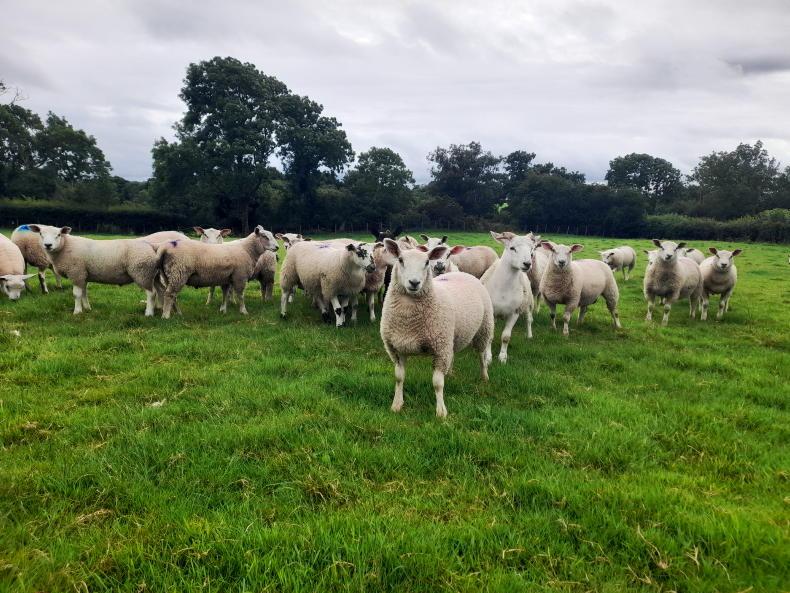The Department of Agriculture and the Agri-Food and Biosciences Institute recently released their 2023 nematodirus forecasts.
Peak hatching of nematodirus eggs was forecast in the first week to 10 days of April, with treatment of high-risk lambs (six to 12 weeks of age) typically advised two weeks after peak egg hatching.
It is important to be aware that coccidiosis, which has similar characteristic symptoms, could also be the cause of animals scouring and performing poorly, while both diseases can also be prevalent at the same time.
The greatest risk with coccidiosis is generally in lambs aged from three to eight weeks of age, with symptoms most evident in lambs aged six to eight weeks and hence raising the possibility of the disease being confused with nematodirus.
Bad scour
Both diseases cause a bad scour and quickly dent lamb performance. Nematodirus gives rise to a green scour whereas, the characteristic scour with coccidiosis is a dark grey or blood-stained scour that is often black in colour as a result.
Lambs can be seen straining and performance will quickly suffer, with high mortality levels common during an outbreak.
Lambs develop resistance to coccidia with age (10 weeks of age and older), but at this stage, great harm can be done with lambs finding it difficult to recover.
Disease prevention
Coccidiosis generally occurs where lambs become infected orally from faecal contamination, with areas such as dirty bedding, contaminated feed and water troughs and pastures the main entry routes due to higher numbers of oocysts (coccidial eggs) present. Therefore, the focus must be on prevention.
It is important to maintain high standards of hygiene until the last ewe has lambed
Where lambing is in the final stages, it is important to maintain high standards of hygiene until the last ewe has lambed.
Bedding should be kept dry and feed and water troughs should be raised to limit contamination.
Where ewes are being supplemented outdoors, it is important to keep troughs moved regularly and to avoid placing troughs where animals are naturally congregating. Keeping lambs of a similar age in batches will also help.
Treatment
Treatment is via oral coccidiostats with a number available on the market.
It should be noted some of these treatments have a residual period of cover and this is another reason for keeping lambs of a similar age grouped together.
Page 8 of the Teagasc Products Licenced for Control of Parasites in Sheep booklet details coccisiostats available on the market and their characteristics.









SHARING OPTIONS